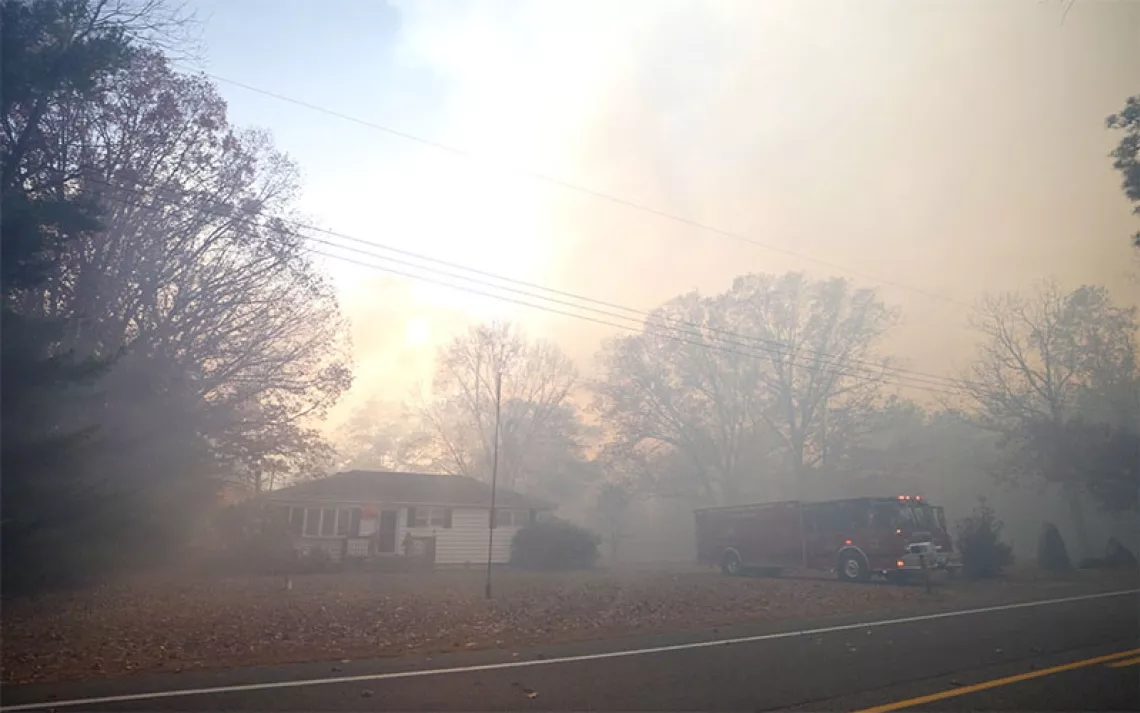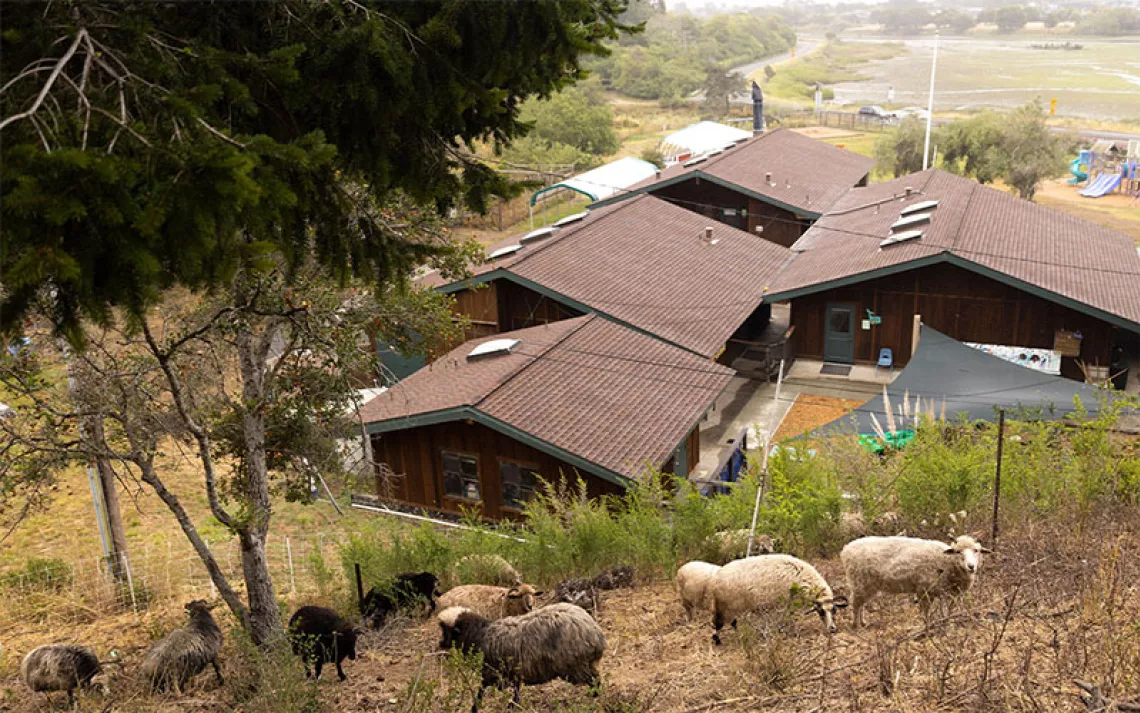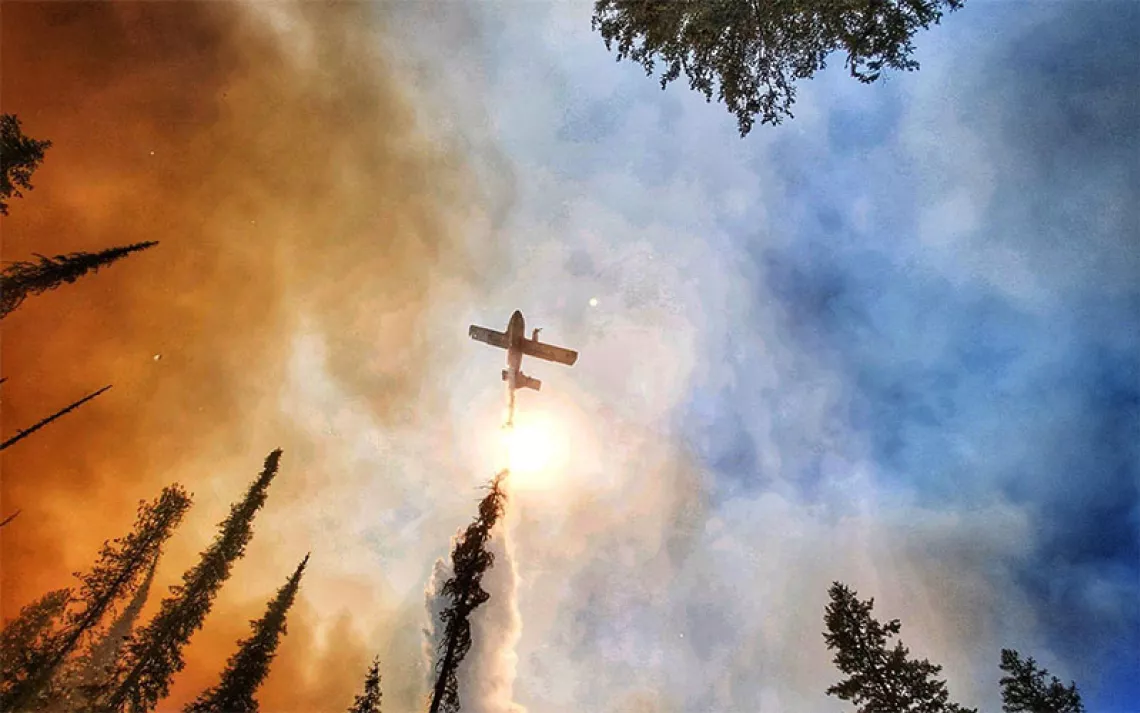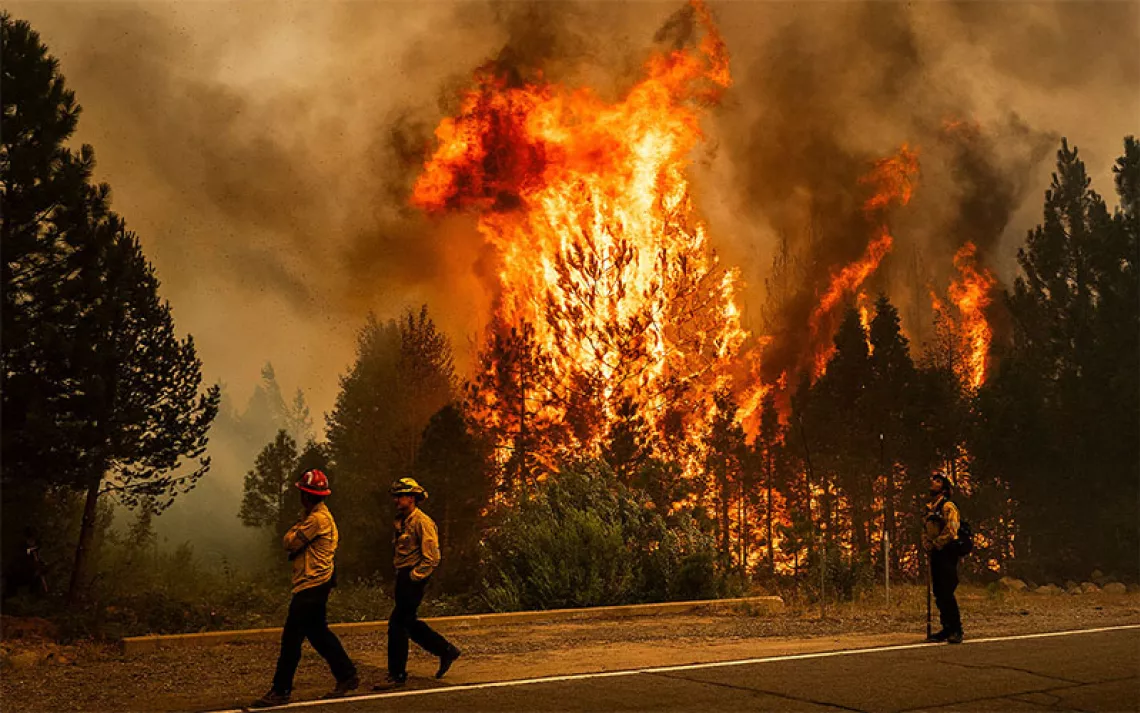When Slash Fuels Fire
A lack of funding and personnel hampers efforts to clean up debris piles
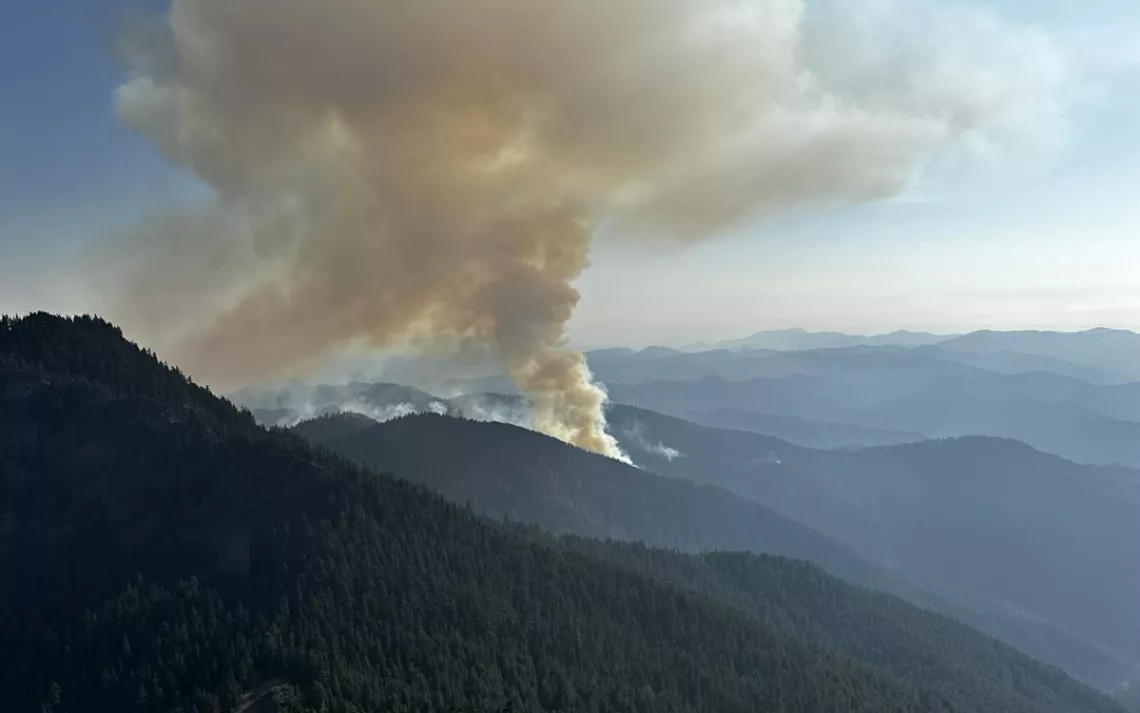
Photo courtesy of Incident Management Teams
In late July, a rare summer storm swept across Oregon. Dozens of lightning strikes flashing from cloud to cloud hit the ground—carpeted by dry leaves and needles, bark, and twigs—sparking more than 50 fires in and around the Umpqua National Forest.
In the hot, windy days that followed, firefighters dug down to try to contain the fire while planes provided aerial support by spotting flares and dropping water. Nearly 47,000 acres were scorched across three wildfire complexes on federal and private property, all located on landscapes exposed to a flash drought that had drained its moisture, priming them for ignition. However, the Lane 1 Fire responsible for almost half the destruction there included something different in its mix: logging slash.
Slash refers to the brush and woody debris left behind from timber operations like cutting and processing, often stacked into bonfire-like piles. Other disturbances, such as storms and wildfires, can also create slash. US Forest Service (USFS) workers across the Pacific Northwest acknowledge the growing need for more extensive fuels treatments, including the removal of slash piles. However, they lack the funding and personnel to address the backlog—especially as wildfires burn larger and longer on the western slopes of the Cascade Range.
“We are actively trying to make a dent in the large fuels load that we have here, but it is expensive and time consuming,” said Sara Billings, a forest fire management specialist in the Umpqua National Forest. “We [USFS] have been suppressing fires for about 100 years. And then we accumulated these large loads.”
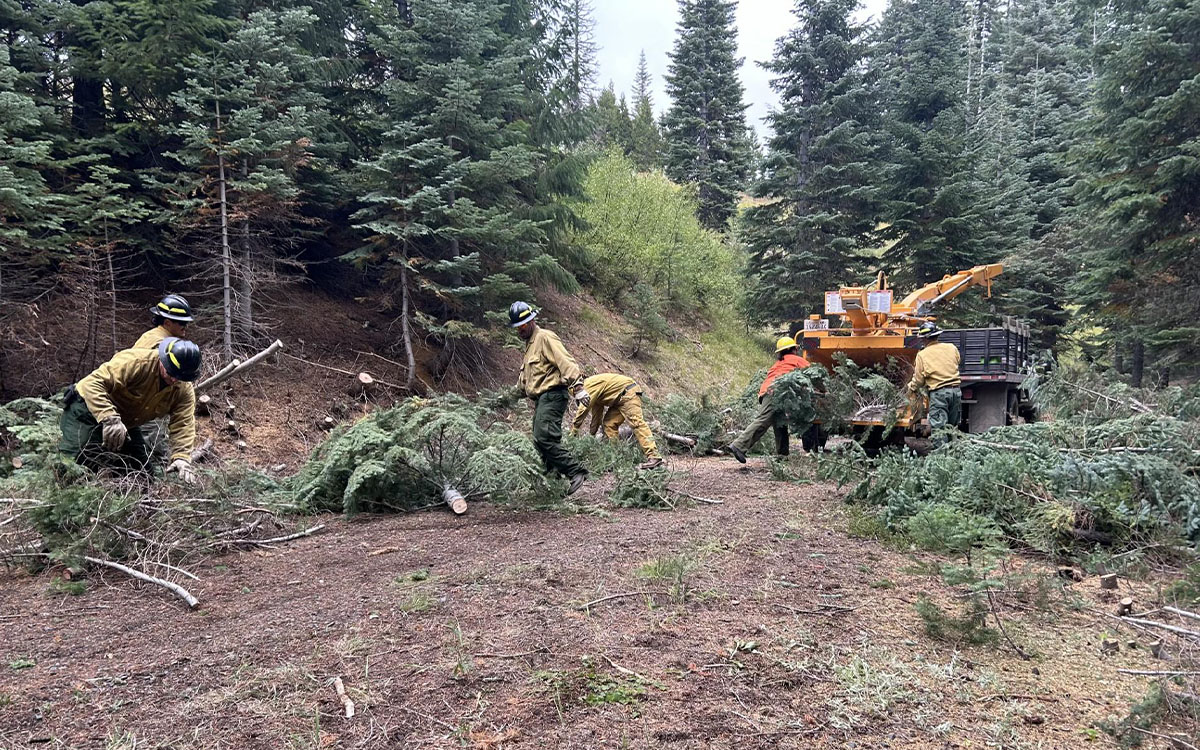
Removing fuel from the Lane 1 Fire and Homestead Complex. Photo courtesy of Incident Management Teams.
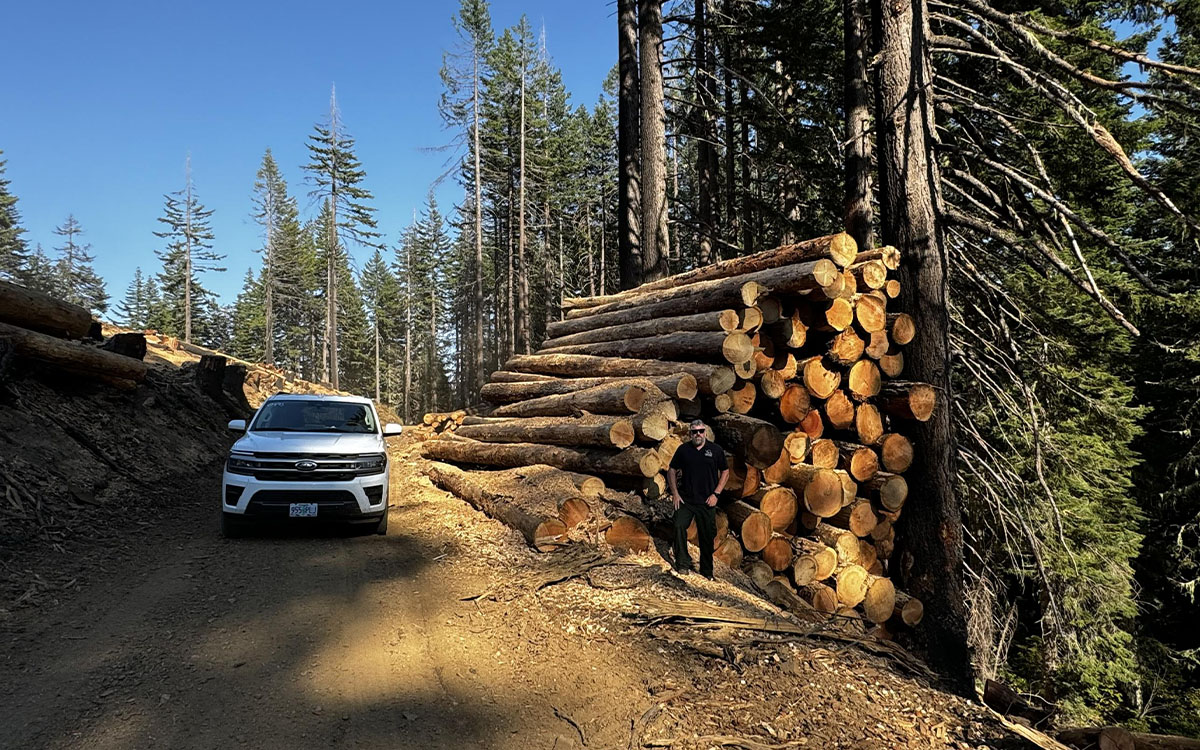
Salvaged timber from the Umpqua fires. Photo courtesy of Incident Management Teams.
Historically, natural fires, often sparked by lightning, were frequent in ecosystems that relied on periodic burning to recycle its nutrients from decomposing vegetation. Indigenous peoples such as the Karuk Tribe of Oregon and California once stewarded the land through cultural burning in tandem with these natural ignitions. According to traditional ecological knowledge, this practice kept the landscape open near villages and maintained a balanced fire regime that benefited both people and the environment. That changed when the US government violently removed Indigenous people from their homelands across the American West. Along with fire suppression, over-extraction of resources became common—an issue still being contested today but now in the context of climate adaptation.
In late September, H.R. 8790, also known as the Fix Our Forests Act, passed the House of Representatives. It comes as the landmark Northwest Forest Plan, a 30-year-old policy framework that attempts to balance logging and conservation, is being amended to incorporate modern science and meet evolving environmental challenges.
As a standalone piece of legislation, H.R. 8790 promises to expedite decision-making processes under the National Environmental Policy Act while reducing fire fuels. However, it lacks specificity in distinguishing forest management activities from commercial harvesting, an industry that has made misleading claims about wildfire resiliency on logged lands.
“They [the timber industry] talk real game about how they are so concerned about wildfire risk, but at the end of the day, it’s really profitability,” said Erik Fernandez, a program manager with the environmental nonprofit Oregon Wild.
Public accountability is crucial to ensure that forest management prioritizes ecological health and community safety over profit. This is especially true for companies that have neglected to clean up in the past—an approachable task, but one with little money in it. The USFS estimates that about 40,000 acres of slash were created from various activities in national forests throughout Oregon and Washington. The agency did provide a specific count for backlog.
Research foresters, in a fire management journal published by the USFS, have questioned the scope of this issue, finding that in hard-to-access areas, wildfires in slash piles are often harder to control than those in smaller, scattered fuels spread across the forest floor.
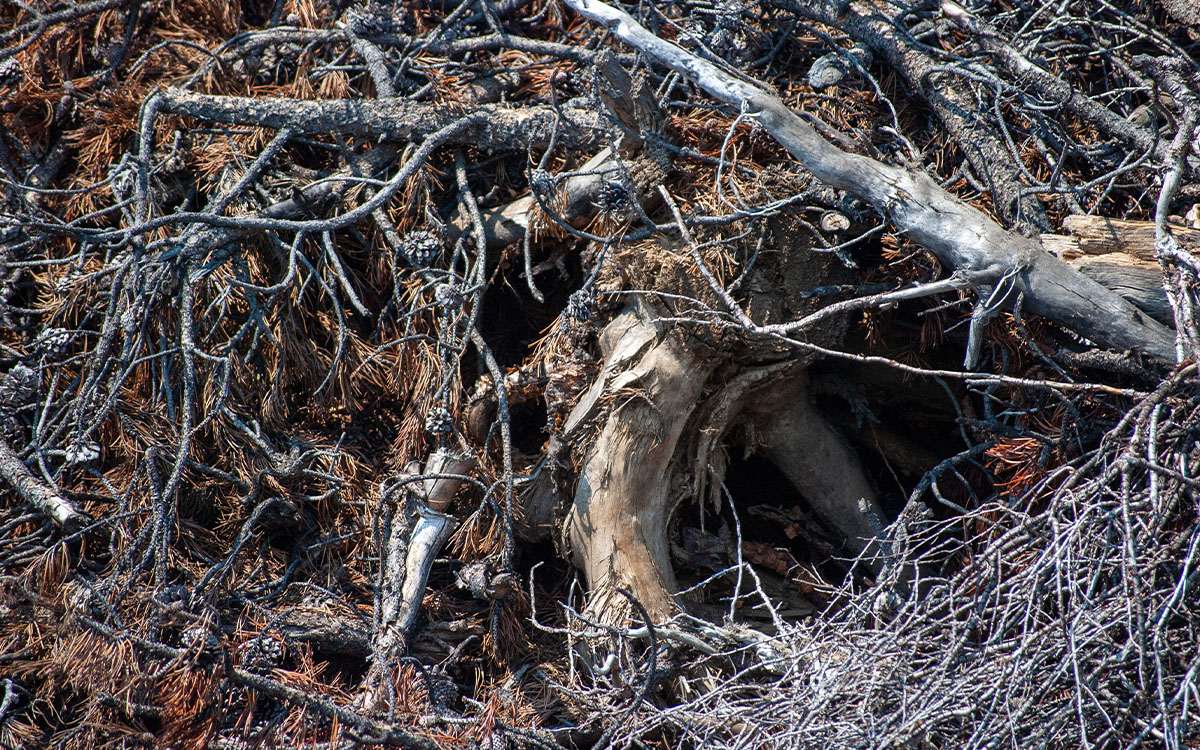
Slashed timber. Photo by Ashli Blow.
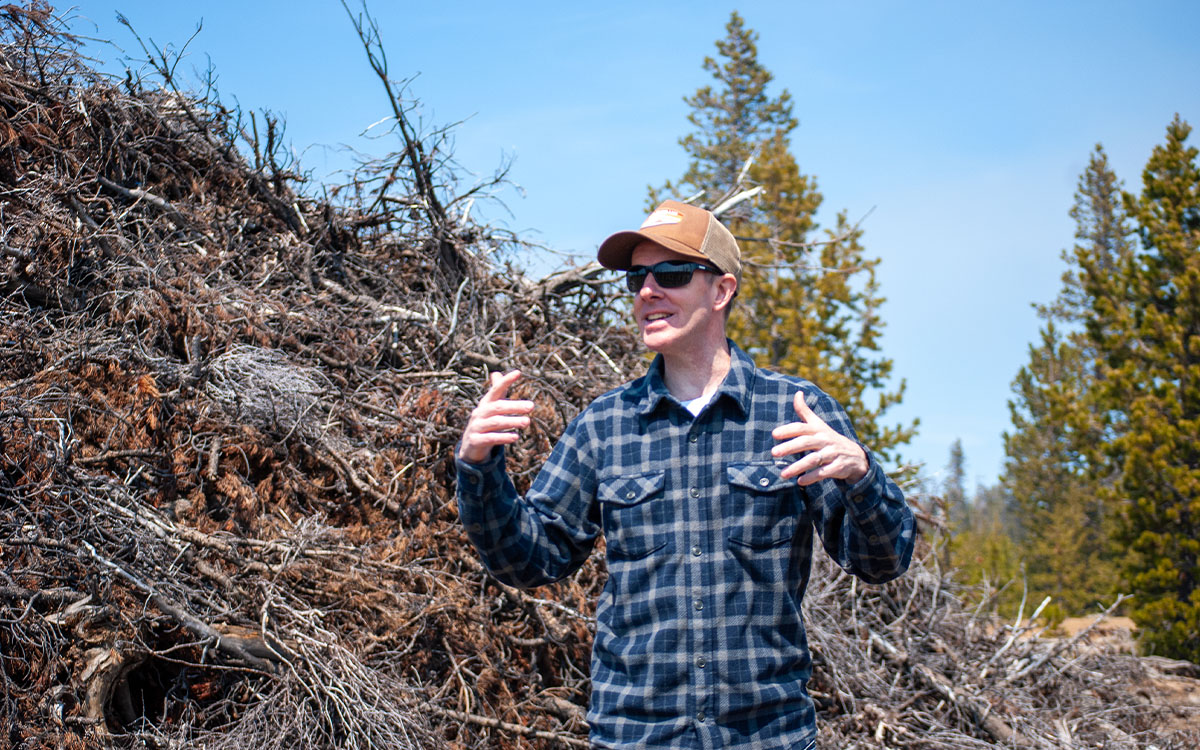
Erik Fernandez. Photo by Ashli Blow.
The article also highlighted the challenges of proactively managing these piles through prescribed burning, with delays caused by snow, air quality restrictions, and limited resources, all contributing to a growing backlog. Fernandez has observed similar issues, noting that because of their low moisture content, it can take 10 to 20 years for the fire risk in these piles to diminish if they aren’t actively removed or burned.
“These logging slash piles serve as firebombs for several years after they’re put together,” said Fernandez. “They actually make the fire risk worse for the short term, and that’s assuming that they do come back at some point after a few years and burn them … and those are left to decompose on their own.”
On the Lane 1 Fire, the incident management team described the slash as “light.” Details about the size of the slash, its impact on fire behavior, and other contributing factors will not be shared until the retrospective report is released, typically a few weeks after the fire is fully contained. According to an analysis by Fernandez, who, in addition to leading his nonprofit, is a GIS mapping specialist, 28 percent of the area burned in the Lane 1 Fire had been previously logged.
As the fire's final embers smolder and occasionally ignite trees, firefighters are shifting to cleanup efforts, repairing roads, hauling logs, and chipping vegetation left from their suppression efforts. At the height of the fire, nearly 1,600 of them were in the forest. Hundreds have already left, and the remaining crew won’t be staying much longer. Some will join a small workforce—strained by low pay and demanding schedules—heading to the East Coast as their fire season gets underway. A multimillion-dollar budget deficit is preventing the department from hiring more seasonal employees.
In the past, limited crews have meant no post-fire cleanup, leaving slash cleared during wildfire suppression to accumulate in stockpiles.
“If those piles catch fire in a wildfire scenario, they can cause significant damage to the soils and surrounding vegetation,” said Billings, who calls out the “doom and gloom” of this vicious cycle. Limited resources stall crucial forestry practices in the fall and spring, which amplifies the strain on both the workforce and budget during wildfire season.
Breaking the cycle will require policy changes and management alternatives—such as incentives for timber companies to create less slash and find clean uses for what remains. In the meantime, her forest is trying to make it work with what little they have, relying on agreements to fund fuel reduction projects with the National Forest Foundation and comanagement agreements with Indigenous nations and tribes.
“That will help with not only fire suppression response,” said Billings, “but also potentially prescribed fire implementation.”
 The Magazine of The Sierra Club
The Magazine of The Sierra Club
